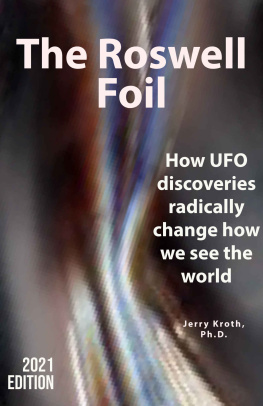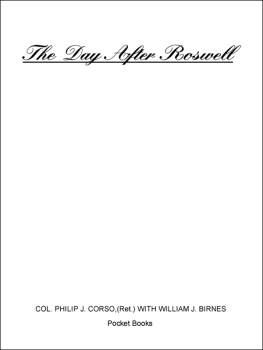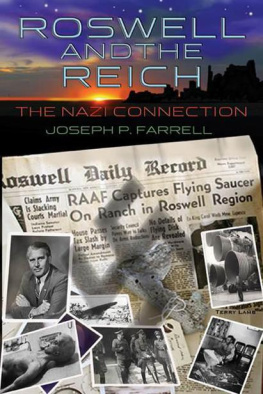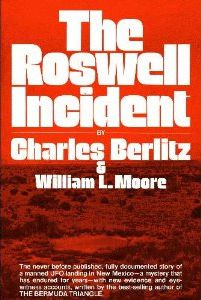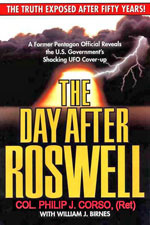Roswell H. (Roswell Hill) Johnson - Applied Eugenics
Here you can read online Roswell H. (Roswell Hill) Johnson - Applied Eugenics full text of the book (entire story) in english for free. Download pdf and epub, get meaning, cover and reviews about this ebook. year: 2007, publisher: Dodo Press, genre: Science. Description of the work, (preface) as well as reviews are available. Best literature library LitArk.com created for fans of good reading and offers a wide selection of genres:
Romance novel
Science fiction
Adventure
Detective
Science
History
Home and family
Prose
Art
Politics
Computer
Non-fiction
Religion
Business
Children
Humor
Choose a favorite category and find really read worthwhile books. Enjoy immersion in the world of imagination, feel the emotions of the characters or learn something new for yourself, make an fascinating discovery.

- Book:Applied Eugenics
- Author:
- Publisher:Dodo Press
- Genre:
- Year:2007
- Rating:5 / 5
- Favourites:Add to favourites
- Your mark:
- 100
- 1
- 2
- 3
- 4
- 5
Applied Eugenics: summary, description and annotation
We offer to read an annotation, description, summary or preface (depends on what the author of the book "Applied Eugenics" wrote himself). If you haven't found the necessary information about the book — write in the comments, we will try to find it.
Applied Eugenics — read online for free the complete book (whole text) full work
Below is the text of the book, divided by pages. System saving the place of the last page read, allows you to conveniently read the book "Applied Eugenics" online for free, without having to search again every time where you left off. Put a bookmark, and you can go to the page where you finished reading at any time.
Font size:
Interval:
Bookmark:

THE AMERICAN GENETIC ASSOCIATION),
WASHINGTON, D. C.
PROFESSOR IN THE UNIVERSITY OF PITTSBURG
THE MACMILLAN COMPANY
1918
All rights reserved
Set up and electrotyped. Published October, 1918.
ATLANTA - SAN FRANCISCO
MACMILLAN & CO., Limited LONDON BOMBAY CALCUTTA MELBOURNE
THE MACMILLAN CO. OF CANADA, Ltd. TORONTO
| PAGE | |
| Preface | |
| Introduction by Edward A. Ross | |
| CHAPTER | |
|---|---|
| I. | Nature or Nurture? |
| II. | Modification of the Germ-Plasm |
| III. | Differences Among Men |
| IV. | The Inheritance of Mental Capacities |
| V. | The Laws of Heredity |
| VI. | Natural Selection |
| VII. | Origin and Growth of the Eugenics Movement |
| VIII. | Desirability of Restrictive Eugenics |
| IX. | The Dysgenic Classes |
| X. | Methods of Restriction |
| XI. | The Improvement of Sexual Selection |
| XII. | Increasing the Marriage Rate of the Superior |
| XIII. | Increase of the Birth-Rate of the Superior |
| XIV. | The Color Line |
| XV. | Immigration |
| XVI. | War |
| XVII. | Genealogy and Eugenics |
| XVIII. | The Eugenic Aspect of Some Specific Reforms |
| Taxation | |
| Back to the Farm Movement | |
| Democracy | |
| Socialism | |
| Child Labor | |
| Compulsory Education | |
| Vocational Guidance and Training | |
| Minimum Wage | |
| Mother's Pensions | |
| Housing | |
| Feminism | |
| Old Age Pensions | |
| Sex Hygiene Movement | |
| Trades Unionism | |
| Prohibition | |
| Pedagogical Celibacy | |
| XIX. | Religion and Eugenics |
| XX. | Eugenics and Euthenics |
| Appendix | A. Ovarian Transplantation |
| " | B. Dynamic Evolution |
| " | C. The "Melting Pot" |
| " | D. The Essence of Mendelism |
| " | E. Useful Works of Reference |
| " | F. Glossary |
| FIGURE | PAGE |
|---|---|
| 1. Four Baby Girls at Once | |
| 2. The Effect of Nurture in Changing Nature | |
| 3. Height in Corn and Men | |
| 4. Why Men Grow Short or Tall | |
| 5. Bound Foot of a Chinese Woman | |
| 6. Defective Little Toe of a Prehistoric Egyptian | |
| 7. Effect of Lead as a "Racial Poison | |
| 8. Distribution of 10-Year-Old School Children | |
| 9. Variation in Ability | |
| 10. Origin of a Normal Probability Curve | |
| 11. The "Chance" or "Probability" Form of Distribution | |
| 12. Probability Curve with Increased Number of Steps | |
| 13. Normal Variability Curve Following Law of Chance | |
| 14. Cadets Arranged to Show Normal Curve of Variability | |
| 15. Variation in Heights of Recruits to the American Army | |
| 16. How Do You Clasp Your Hands? | |
| 17. The effect of Orthodactyly | |
| 18. A Family with Orthodactyly | |
| 19. White Blaze in the Hair | |
| 20. A Family of Spotted Negroes | |
| 21. A Human Finger-Tip | |
| 22. The Limits of Hereditary Control | |
| 23. The Distribution of Intelligence | |
| 24. The Twins whose Finger-Prints are Shown in Fig. 25 | |
| 25. Finger-Prints of Twins | |
| 26. A Home of the "Hickory" Family | |
| 27. A Chieftain of the Hickory Clan | |
| 28. Two Juke Homes of the Present Day | |
| 29. Mongolian Deficiency | |
| 30. Feeble-Minded Men are Capable of Much Rough Labor | |
| 31. Feeble-Minded at a Vineland Colony | |
| 32. How Beauty Aids a Girl's Chance of Marriage | |
| 33. Intelligent Girls are Most Likely to Marry | |
| 34. Years Between Graduation and Marriage | |
| 35. The Effect of Late Marriages |
Font size:
Interval:
Bookmark:
Similar books «Applied Eugenics»
Look at similar books to Applied Eugenics. We have selected literature similar in name and meaning in the hope of providing readers with more options to find new, interesting, not yet read works.
Discussion, reviews of the book Applied Eugenics and just readers' own opinions. Leave your comments, write what you think about the work, its meaning or the main characters. Specify what exactly you liked and what you didn't like, and why you think so.


